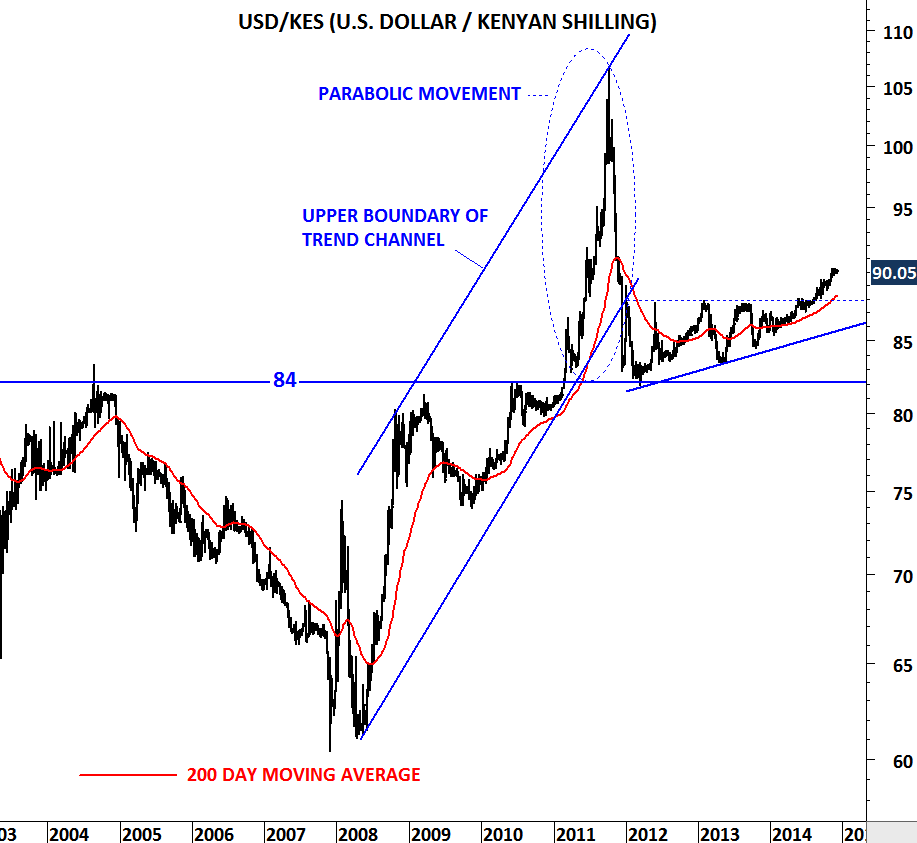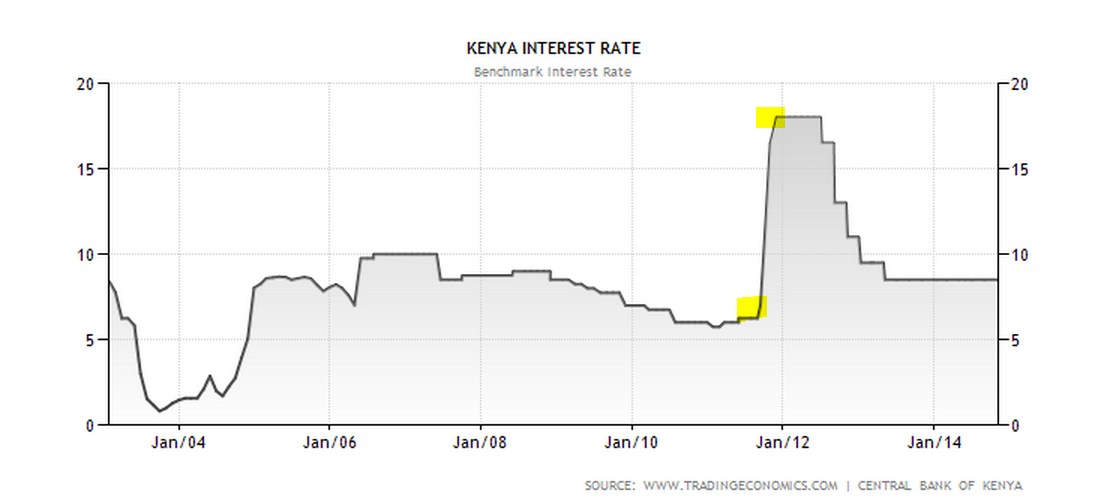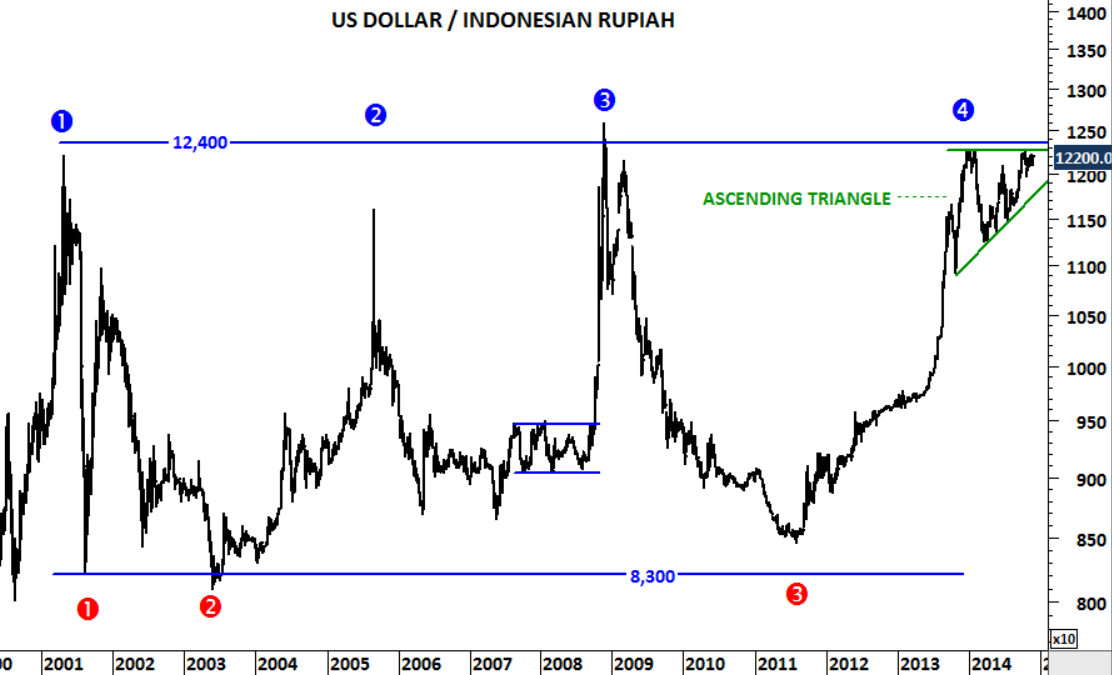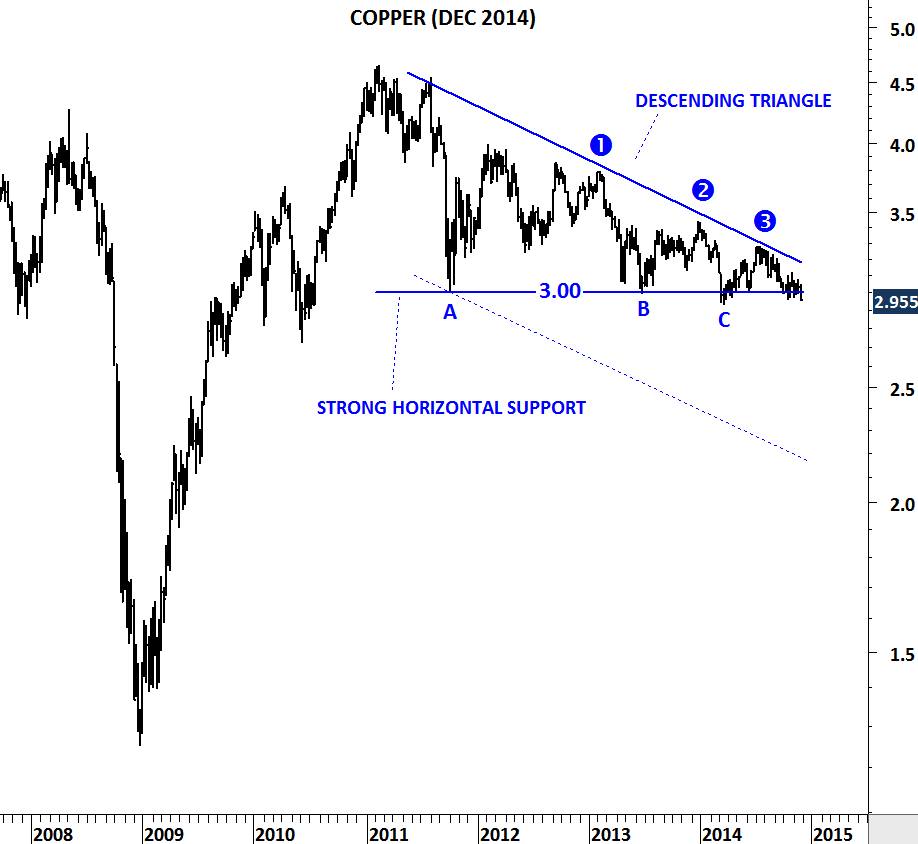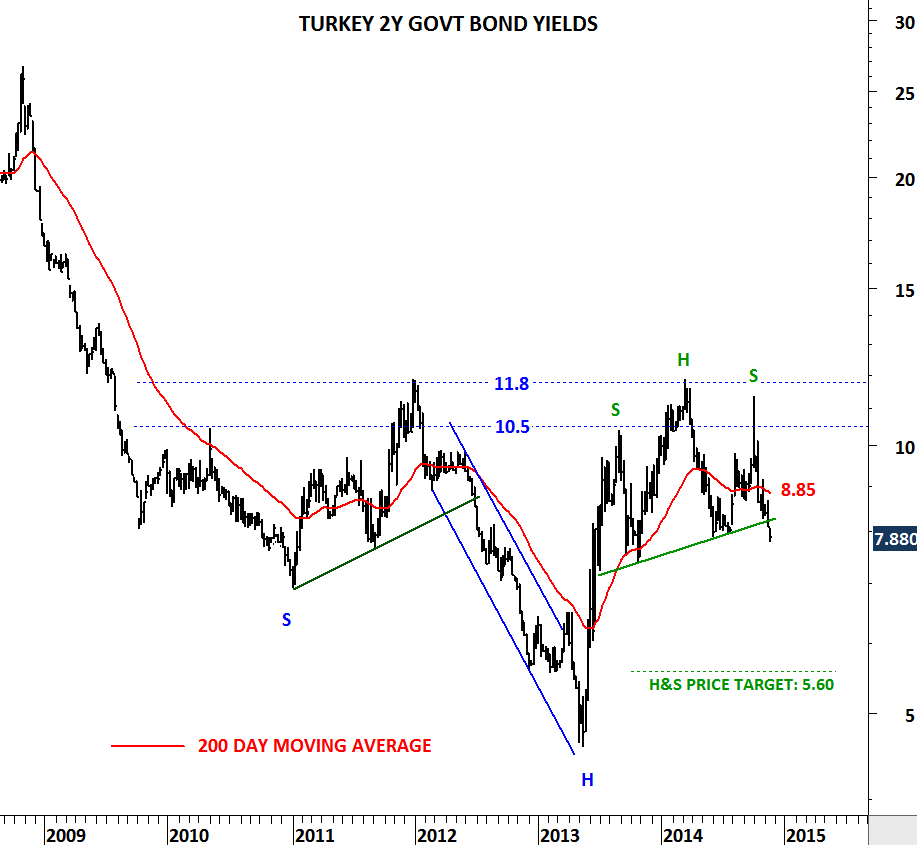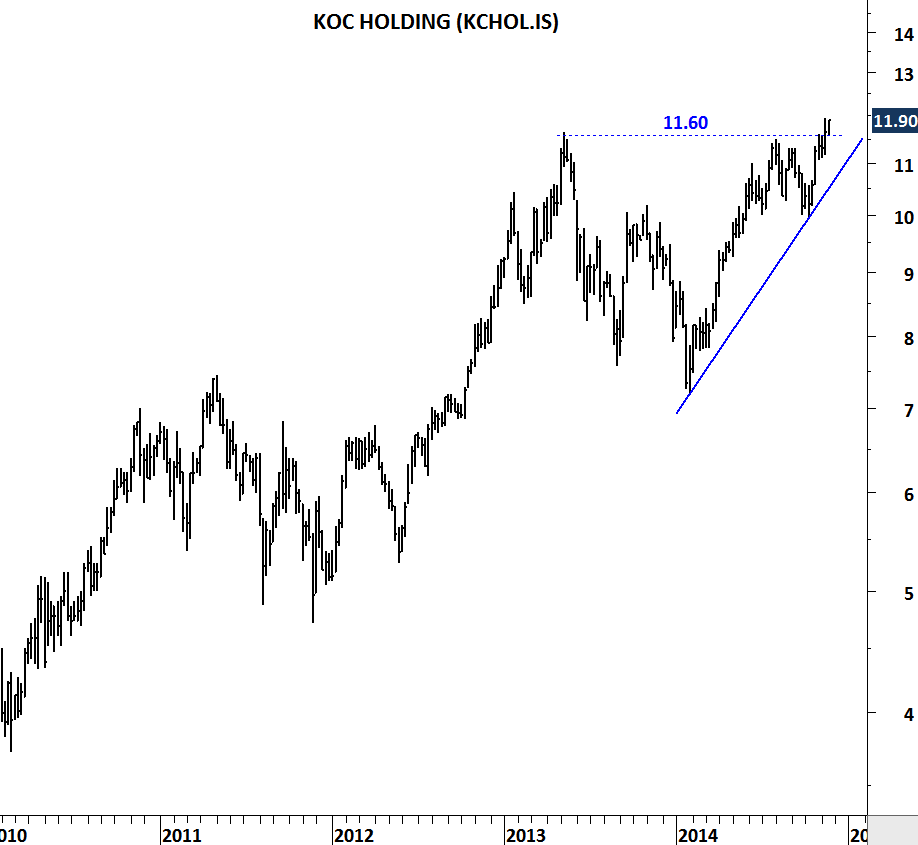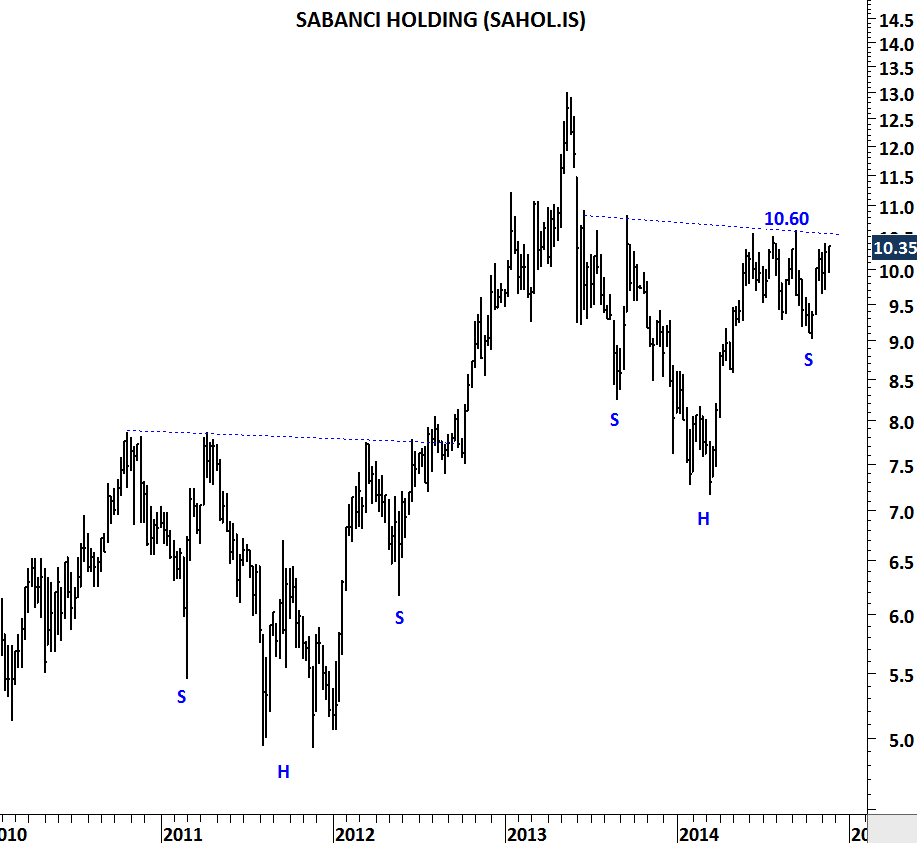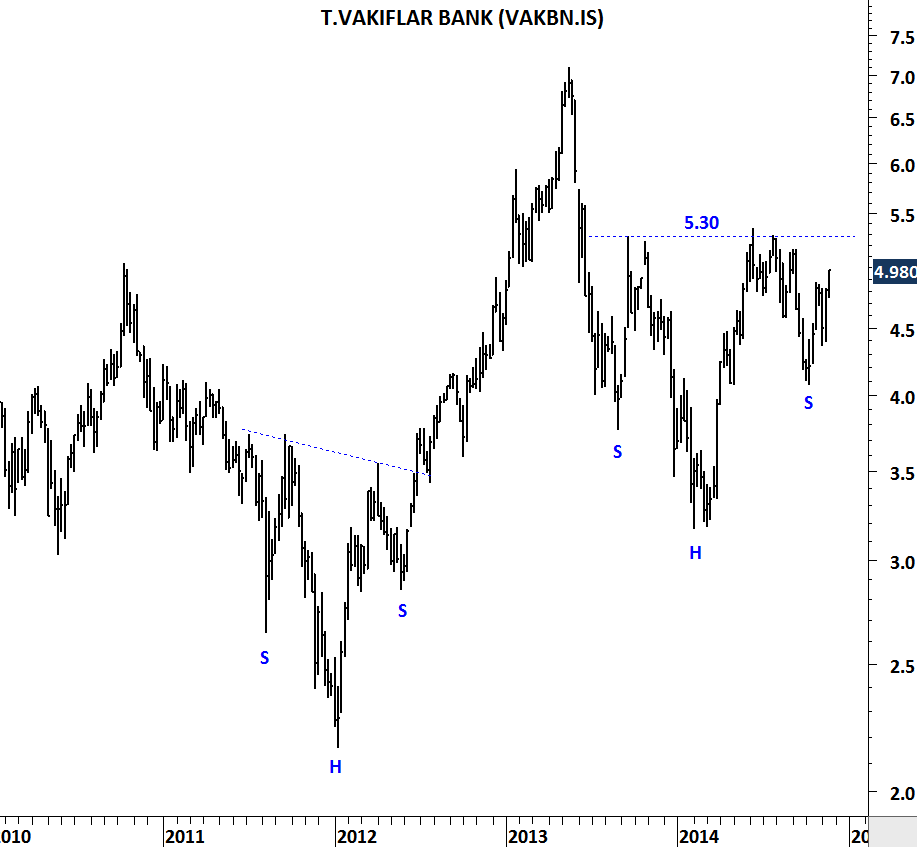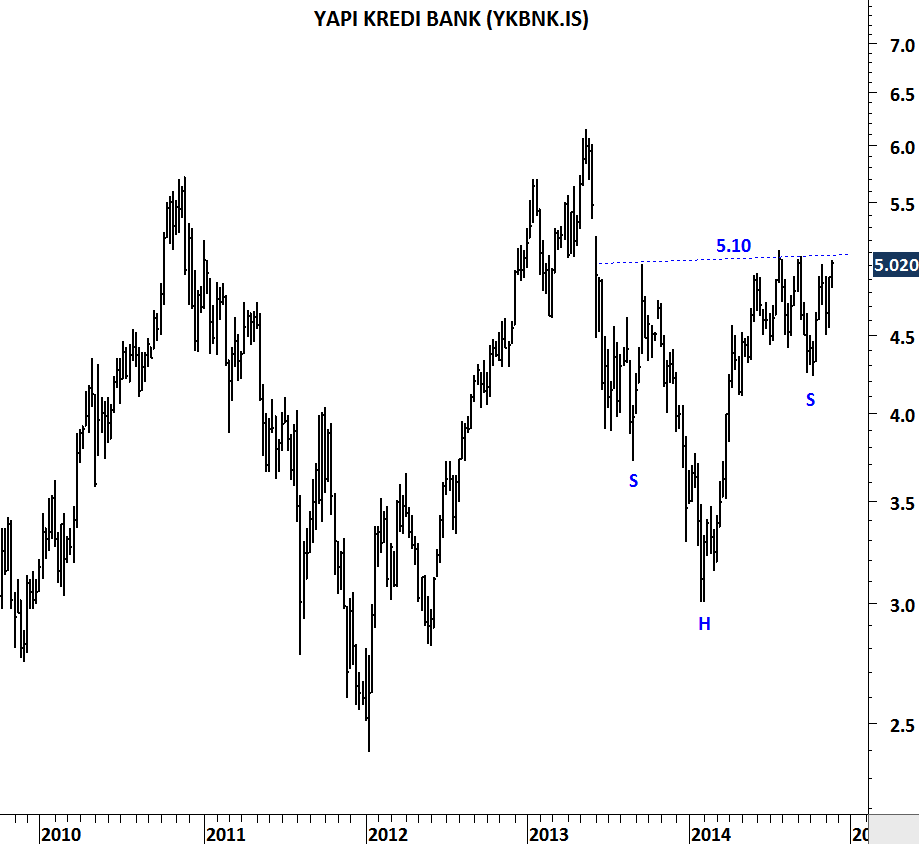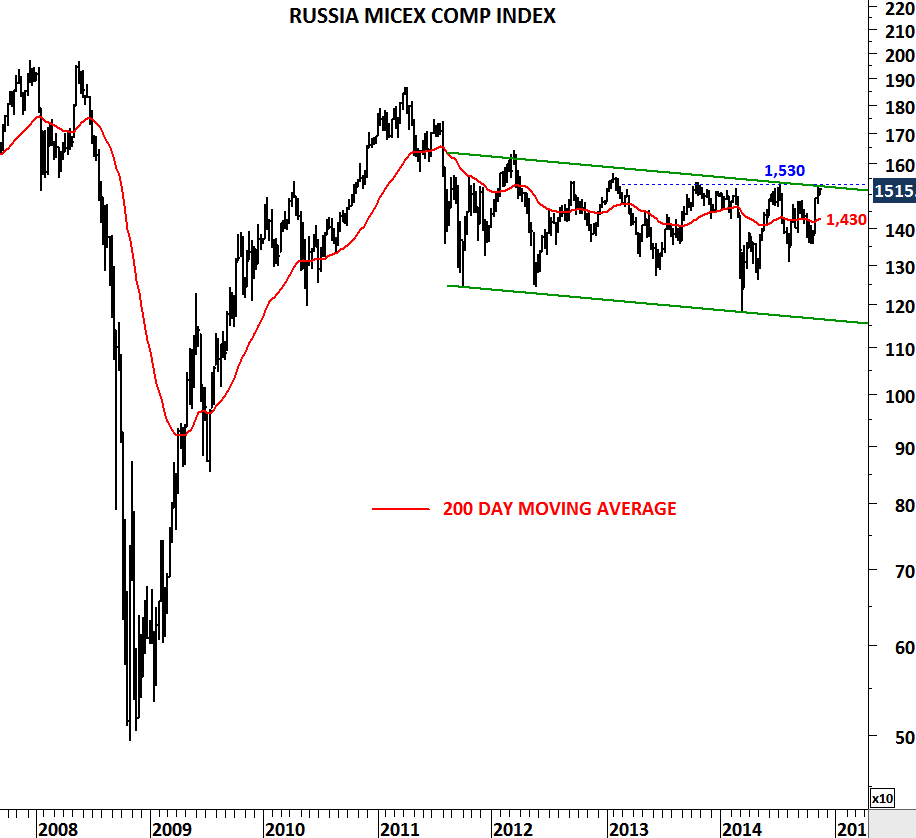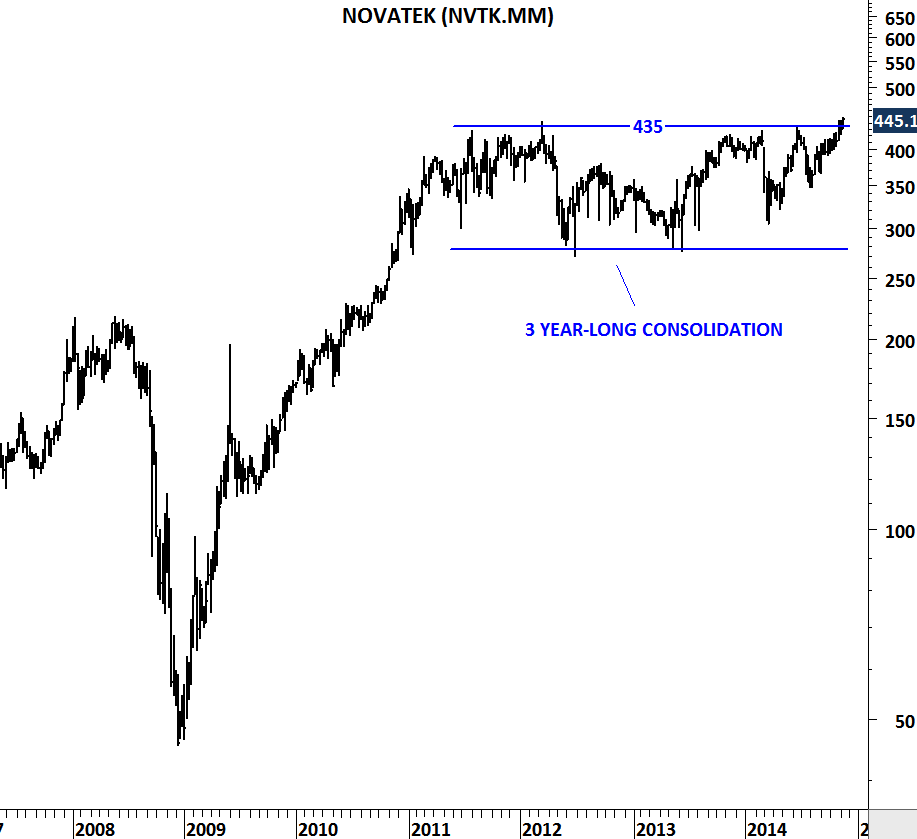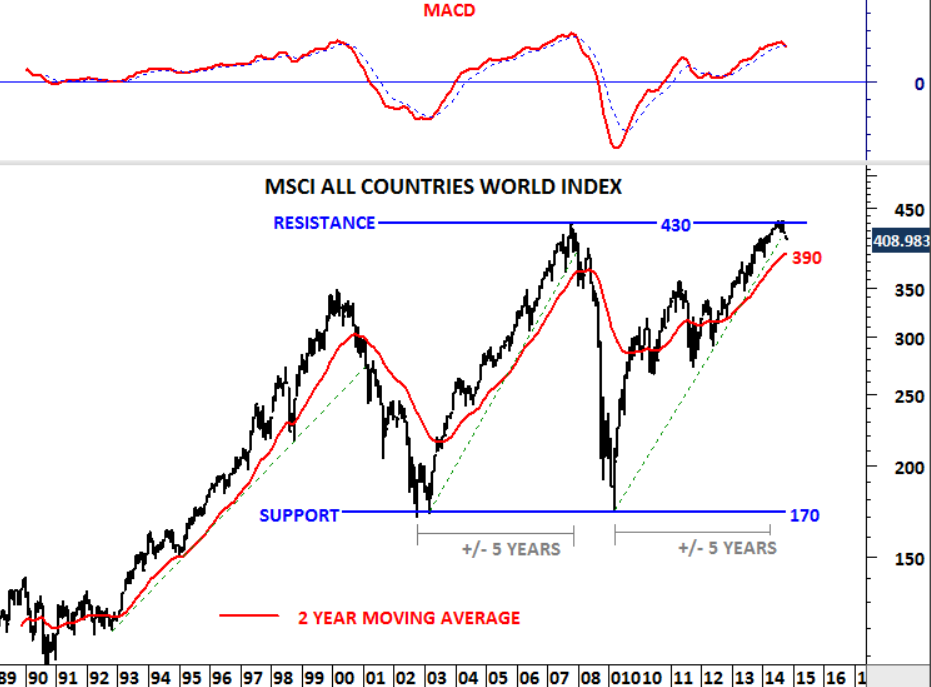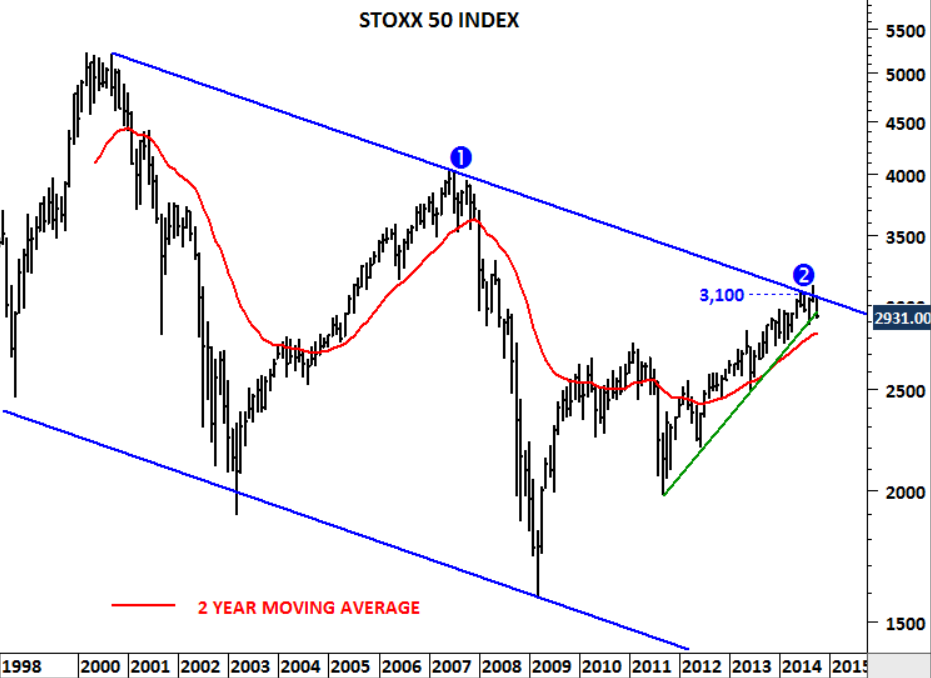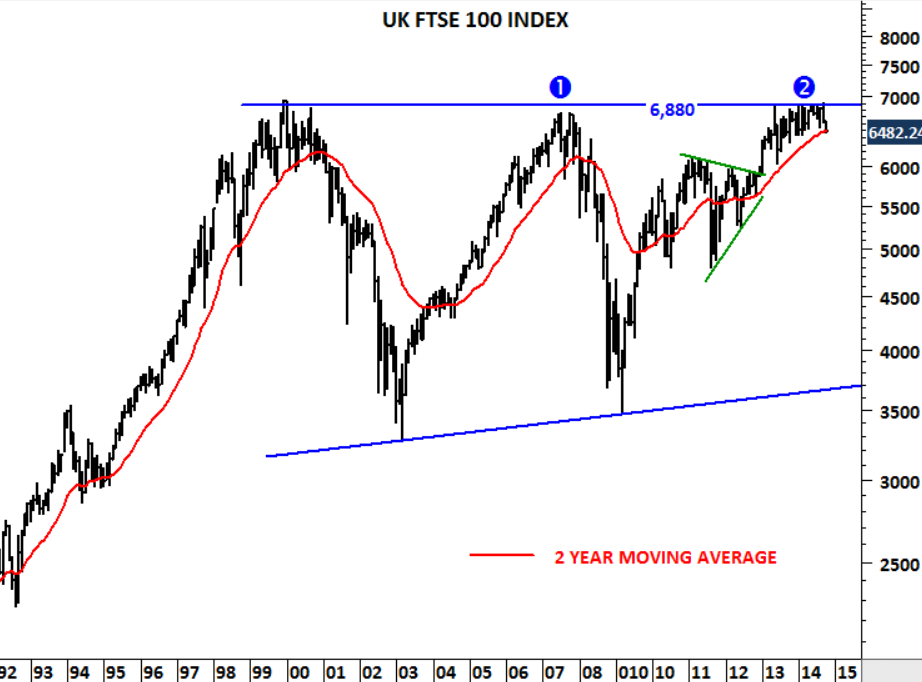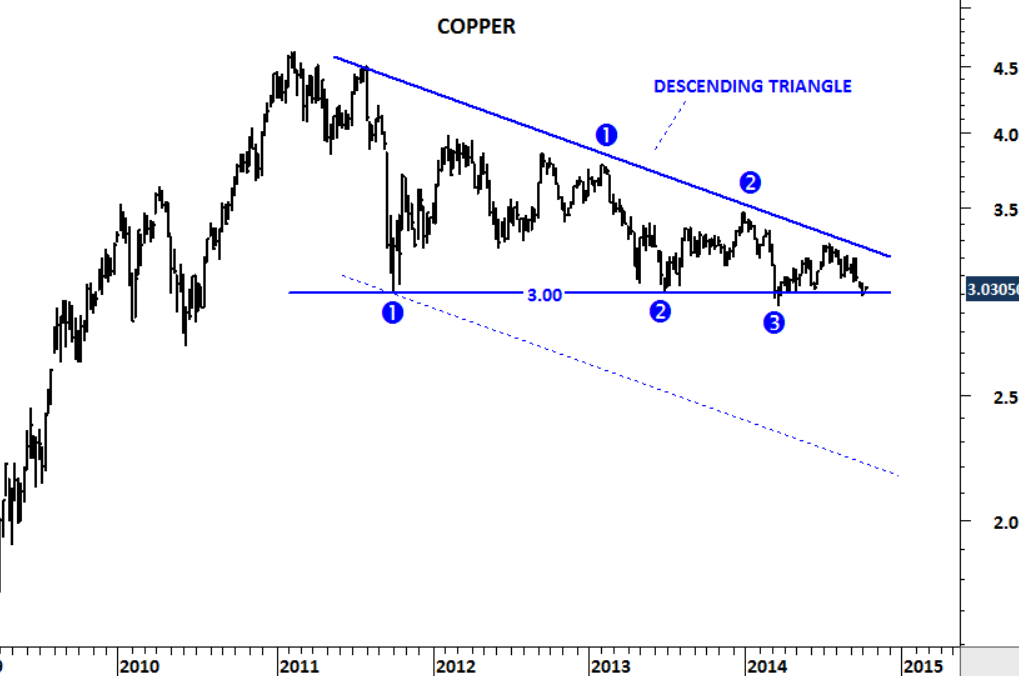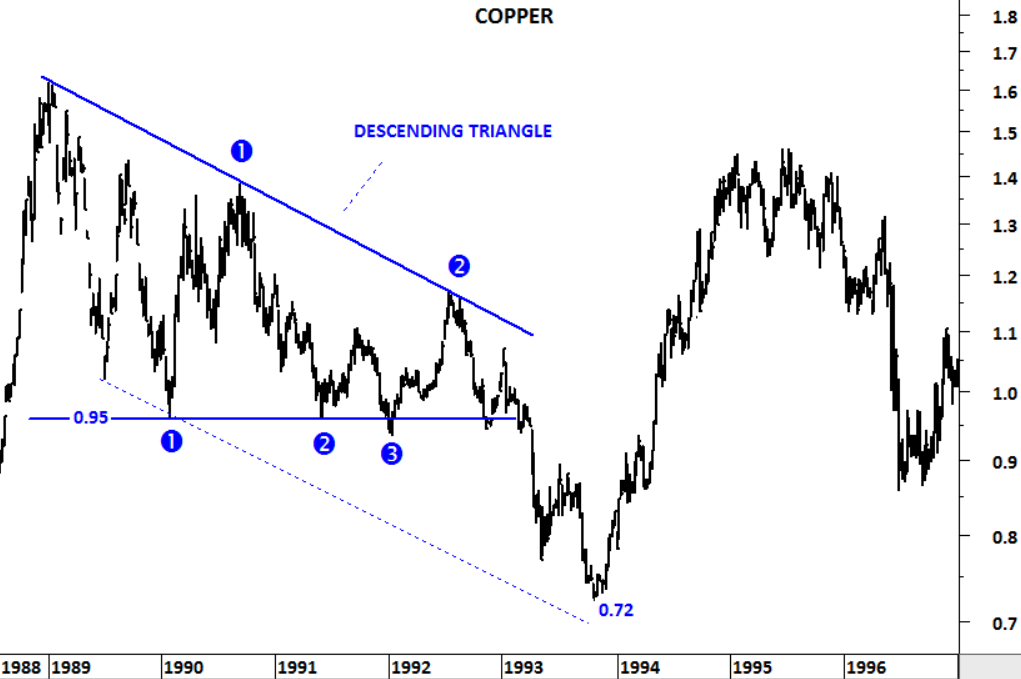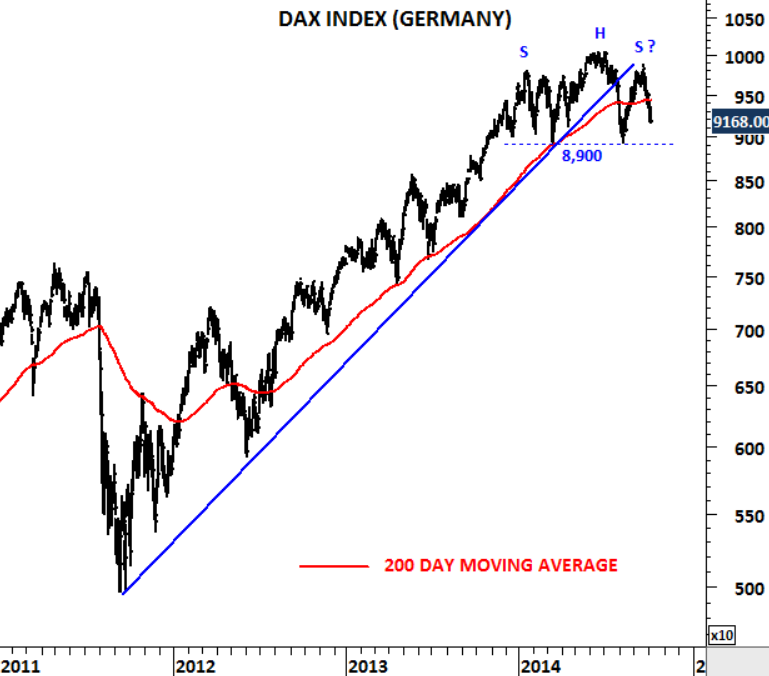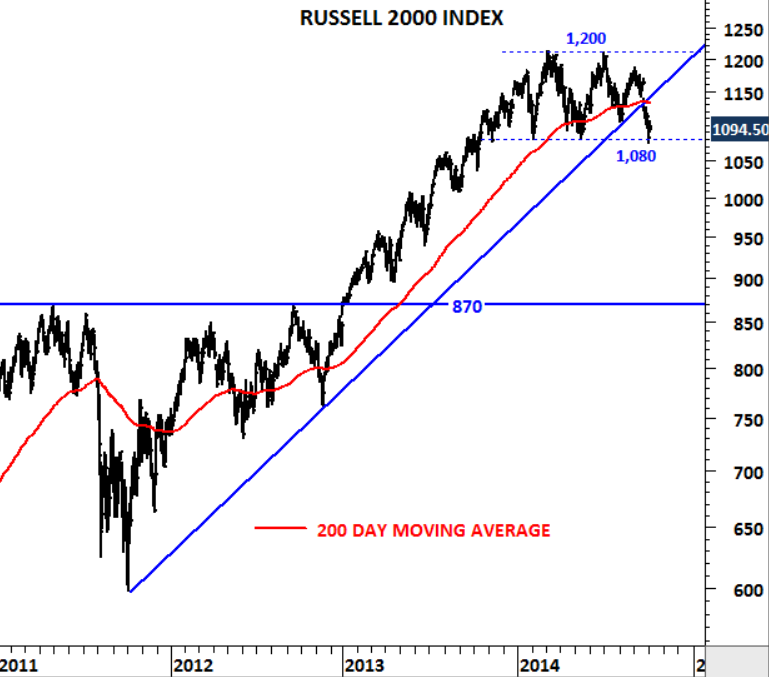USD/RUB (U.S. DOLLAR/RUSSIAN RUBLE)
Parabolic moves are not sustainable. They are also not easy to trade. It is costly to pick a top or a bottom. Price usually doesn’t stop where we think it would stop. However as a chartist I feel the urge to bring such imbalances to your attention. Whatever the instrument, these type of price movements are the perfect case studies to examine crowd psychology. USD/RUB entered into a parabolic move after breaking above 36.50 – historical high level. Sharp reversals are experienced after such steep price actions. In the past, similar price movements took place on few other charts.
In 2011, USD/KES (U.S. DOLLAR/KENYAN SHILLING) had a similar long-term breakout followed by a 8 month-long parabolic move. Steep price action was reversed by Central Bank of Kenya’s bold action to raise interest rates from 6 percent to 18 percent in less than a year.
In 2008, Rough Rice price rallied from 11.45 to 25 levels. Rice made the headlines (news on Rough Rice). Hoarding and export bans were the result of the sharp price increase. Rough rice fell back to 11.45 levels in the following year.


